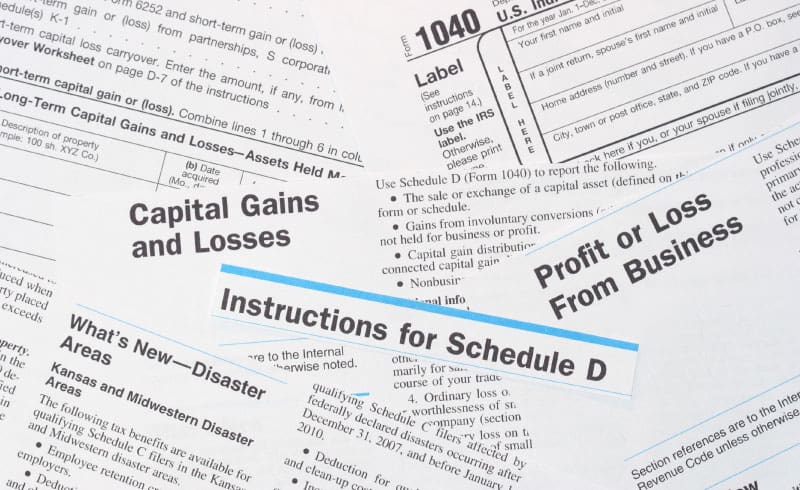Calculate Your Capital Gains Tax in 5 Easy Steps
If you’ve sold stock, real estate, or other assets at a profit, you will have to pay income tax on that profit — known as capital gains tax. The amount you pay depends on your income bracket.
Here’s how to figure how much tax you owe. Bear in mind, this calculation is for long-term capital gains — on assets you owned for more than one year. (Short-term capital gains on assets held for one year or less are taxed as ordinary income.)
1. Figure the basis.
The basis is usually the purchase price plus fees or commissions you paid to make the purchase. You may also need to add reinvested dividends on stocks and other factors.
2. Figure the realized amount.
Start with the amount you sold the asset for and subtract any commissions or fees you paid to make the sale.
3. Subtract basis from the realized amount.
The result is your capital gain. (If the result was less than 0, you have a capital loss. Capital losses can be used to offset capital gains on your income tax return.)
4. Determine your tax rate.
For 2018 taxes, the rates are:
• 0% if your income for the same tax year is below $38,700 and you are filing as single, or below $ 7,400 if married filing jointly
• 15% if income is between $38,701 and $500,000 and you are filing as single, or between $77,401 and $600,000 if married filing jointly
• 20% if income is over $500,000 and you are filing as single; or over $600,000 if married filing jointly
Calculate your tax. Apply the tax rate percentage from step 4 to the capital gain amount from step 3. For example, if your tax rate is 15% and your capital gain is $3,000, your tax will be $450 (3000 x 0.15 = 450).
In most cases, capital gains and losses are reported on IRS Form 8949 and Schedule D of your income tax return.
If you have any questions about your capital gains tax liability, or any income tax questions, please feel free to contact your xendoo tax professional. It’s all part of our service, which sets your mind at rest so you can stay focused on growing your business.


